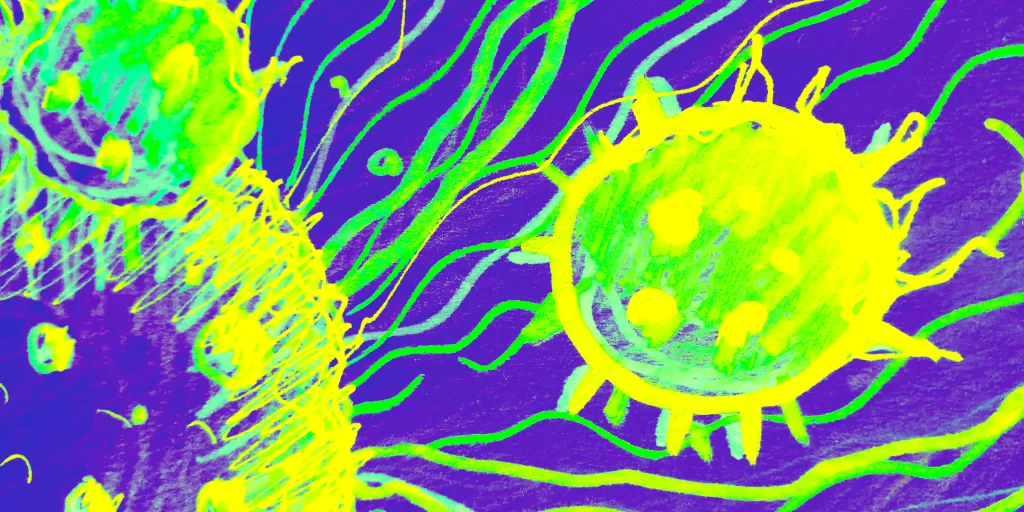Genetic CAR-T (chimeric antigen receptor T-cell) therapy is a type of immunotherapy that treats certain types of cancer. The CAR-T process involves modifying and expanding T-cells, then infusing back into a patient. If successful, modified cells will effectively target and kill cancer cells.
CAR-T therapies are regulated by the FDA’s Office of Tissues and Advanced Therapies, a subdivision within the Center for Biologics Evaluation and Research. CBER’s mission, according to their website, “is to protect and enhance the public health through the regulation of biological and related products including blood, vaccines, allergenics, tissues, and cellular and gene therapies.”
Genetic CAR-T therapies require specific critical process parameters, which are designed to ensure manufactured batches have consistent critical quality attributes. Critical process parameters (CPPs) include fixed bead: cell ratio at activation stage, constant amount of vector per cell, fixed electroporation settings, monitoring cell expansion in culture and maintaining optimal cell density by addition of media, and in-process testing at relevant time points to maintain and define control. Stability tests ensure the quality and stability of the final product.
Before a CAR-T therapy clinical trial, a preclinical evaluation determines the safety of proposed therapy. The study design should consider product safety, response to risk mitigation measures, risk-benefit analysis, dose-response relationship, and feasibility and timing of manufacturing, among other things.
CAR-T cells consist of two domains: antigen recognition and signaling. Recognition allows the CAR-T to bind to antigens in the patient, while the signaling domain initiates T-cell activation. In the past, the antigen recognition domains used murine monoclonal antibodies that triggered an immunogenic response in humans, leading to rejection of CART therapies or limited utility or safety risks. According to the FDA, if sponsors attempt to “humanize” these antibodies, information pertaining to these changes and their impact on target binding and biological activity must be provided.
Additional modifications may include suicide genes, detection/selection genes, immunomodulatory elements, gene silencing, and gene editing. These modifications improve the safety and efficacy of CAR-T therapy.
Despite the promising results of CAR-T therapy, the treatment also carries associated risks. Despite the promising results of CAR-T therapy, the treatment also carries associated risks. One of the most significant risks is cytokine release syndrome (CRS). This occurs when the CAR-T cells activate and release large amounts of cytokines, leading to fever, hypotension, and organ dysfunction. Graft-versus-host disease (GvHD) can also occur when CAR-T cells attack healthy cells in the patient’s body. Neurotoxicity, infection, and autoimmune disorders are also risk factors.
As a result, medical professionals carefully screen and monitor CAR-T therapy patients throughout the treatment process. Healthcare providers receive training on how to manage potential side effects and complications associated with CAR-T therapy.
Despite these risks, CAR-T therapy represents one of science’s strongest weapons yet against certain types of cancers.



